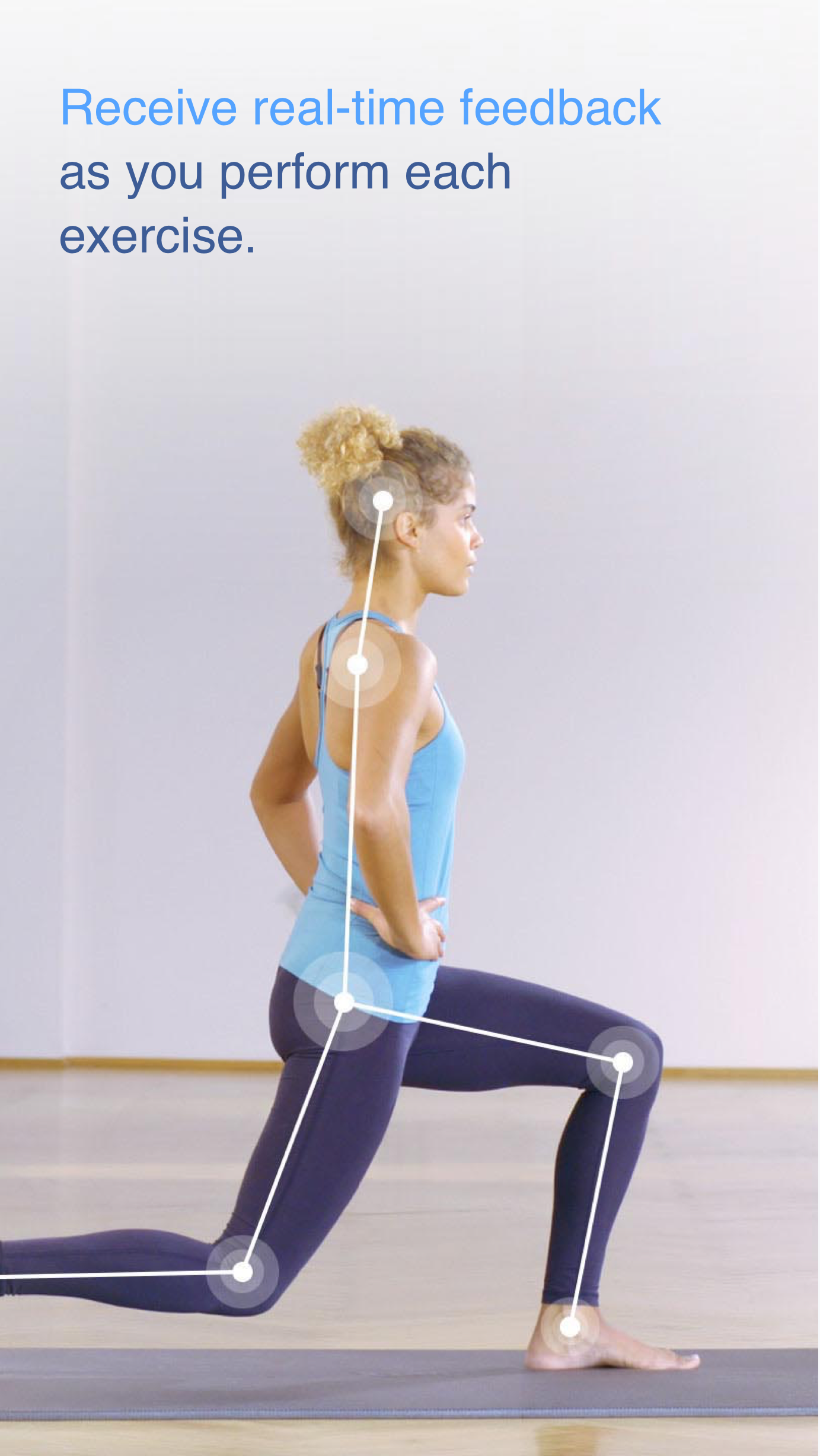Kaia Health raises further $8m for back pain app

Digital therapeutics firm Kaia Health has raised $8 million to develop a smartphone-based approach to manage a range of chronic conditions, and a lead product focused on musculoskeletal disorders such as chronic back pain.
New York City-based Kaia Health is developing a 2D motion tracking technology enabling users to get real-time feedback on their exercise performance using a smartphone camera.
When taken together with the platform’s psychological and education support, Kaia said the technology outperforms conventional therapy.
The $8 million raised from backers led by Optum Ventures is the second significant investment in the technology this year.
This latest funding round builds on the $10 million the company raised at the start of the year.
Optum Ventures’ investment will be used to accelerate sales growth in the US healthcare market, extend the platform into other chronic indications and expand the supporting clinical evidence base.
Kaia said its approach has already been cited in three peer-reviewed clinical studies, including a randomised controlled trial recently published in NPJ Digital Medicine.
In that trial 101 patients with non-specific lower back pain randomly received either treatment from Kaia’s app or physiotherapy.
Findings showed that after 12 weeks both therapies were effective, but that Kaia outperformed physiotherapy on the primary outcome of pain levels.
Those in the group treated with Kaia reported pain levels were significantly lower compared with the control group.
Study authors did note that they could not ascertain which of the treatment modules on the app accounted for the treatment effect, and there may have been issues with selection bias.
In Europe, Kaia is regulated as a Class 1 medical device, and the company is working with the FDA to seek regulatory approval in the US.
Konstantin Mehl, Founder and CEO of Kaia Health, said: “The investment from Optum Ventures will allow us to explore integration opportunities throughout the complete patient treatment journey.”













